The Nation: India is a developing country. In fact, it has been developing for so long that it is practically an overgrown baby. Unlike babies in general, however, this baby is not temperamental but full of equanimity. Practically nothing can provoke this baby called India. Border transgressions, terrorist attacks on our cities, parliament, external interference in domestic matters, etc will not be successful in provoking India. Though normally silent, our PM displays loquacious tendencies when the provocateurs wish to talk. Of course, when pushed too far, our PM may send a chill up the spines of the perpetrators by ‘strongly condemning’ the provocation, but hey, everyone is allowed to lose his shirt once in a while. Also, much like Sheldon in The Big Bang Theory, India cannot keep a secret. Everything is discussed in the public arena, including the existence and expense accounts of clandestine services.

Beware of the Condemnation
Indian Democracy: The requirement for a democracy to be ‘of the people, for the people, by the people, is followed by giving Indian citizens a choice between the bad and the worse (may change if Modi becomes PM) once in five years. Once elections are over, the chosen ones shoulder the great responsibility of deciding what is ‘of the people’ and ‘for the people’, graciously expecting no further participation from the people. Once in a while, though, people are allowed to question the decisions made by the elected representatives through Arnab Goswami, the world’s most watched and admired journalist at 9 PM in India and 45 other countries.. Political parties then send one spokesman each to defend their decisions in a maximum of two sentences, while other panelists shake their heads derisively and Arnab interrupts them or glares at them angrily. As a result, the nation frequently demands an answer, but never gets a coherent one. The spokesmen then go for a cup of tea with the panelists who yelled at them, while Arnab diligently goes in search of the next question for which the nation demands an answer.
Voting Patterns: For the very rich, it does not matter much who is ruling the country. Regardless of who is in power, they make their money. However, they play their role not by voting but by picking candidates to fund. The poor remain poor whoever in is power, but still exercise their vote diligently, as this at least gives them a control on who gets rich while serving them. The middle class gets affected most by the leanings of the party in power, but they rarely exercise their vote. They participate in the democratic process by criticizing the elected representatives, feeling proud that they had absolutely no role in electing them. Occasionally, to assuage their guilt, they post their views on Facebook, or on broadcast filled WhatsApp groups, or even better tweet the necessary 140 characters. At a sub conscious level, Indians still long for the days of kings and queens, and hence actually believe that the progeny of a Prime Minister or Chief Minister can take over the parent’s job, without ever having handled even one government post before that. In fact, a reluctant ‘prince’ is seen as shirking his ‘responsibility’.

Voting in India
People’s Aspirations: The poor are selfless people who aspire that some of them will do really well and begin to have three meals a day. The middle class, having accepted that they have missed the boat, get busy executing plans for their progeny to join that lucky cousin or uncle in the USA or UK. To get there, a prerequisite is a degree from a fancy college. Many parents who cannot avail of any quota avail of Kota. With increasing competition in the general merit category, coaching to get into these colleges presently starts when the child is 10-12 years old. With increasing population and quotas, coaching class organizers, inspired by Abhimanyu’s story, are considering beginning classes when the child is in the mother’s womb. The upper middle class aspires to take up golf and have vacations abroad. This author aspires to know what the aspirations of the rich are, having some distance to cover before getting there.
Indian Currency: The Indian rupee has not acquired the equanimity of its parent country. Practically any event in the world, particularly in the USA, affects the Indian rupee. Against the US dollar, the rupee seems to depreciate when the US economy does well, does badly or does nothing at all. When some other currency depreciates against the US dollar, the rupee stays a step ahead by depreciating against that currency too, resulting in those Indians travelling abroad having to do some highly intricate calculations before deciding to have a cup of tea. However, there is newly discovered hope for the rupee. Some journalists have theorized that the one thing that seems to affect the rupee positively is the RBI governor’s visual appeal. The government is putting this theory against the test of time. Should it be validated, the government may consider including a plastic surgery allowance for an RBI governor. Former RBI governors, under whose watch the Rupee did badly, are reported to be nervously checking themselves out in mirrors, hoping that this theory is not validated.

The Falling Indian Currency
Some unique characteristics of the Indian people: People of India have vastly excess bodily fluid compared to people of other countries. This makes it necessary for them to get rid of the excess fluids by spitting and urinating frequently. But this is the only thing they have in excess. Practically every other thing is in short supply. Over time, people have learnt to utilize available resources to best effect. For instance, when one side of the road is over burdened with traffic, they use the bandwidth available on other side. People who see this as violation of rules should understand that Indians are very individualistic, and collective behavior goes against their grain. This is why they do not like to stand in queues. When forced to stand in queues, they avoid wastage of space by standing barely a centimeter behind the person in front. ONE could go on, but the philosophy of Indians is best described by a Kannada phrase ‘swalpa adjust maadi’, which means ‘ adjust a little’
Though this article was written to give the foreigners an insight into India, the author hopes that even the Indians get a chance to look inside them, and no, not literally.

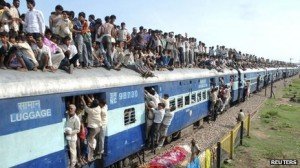
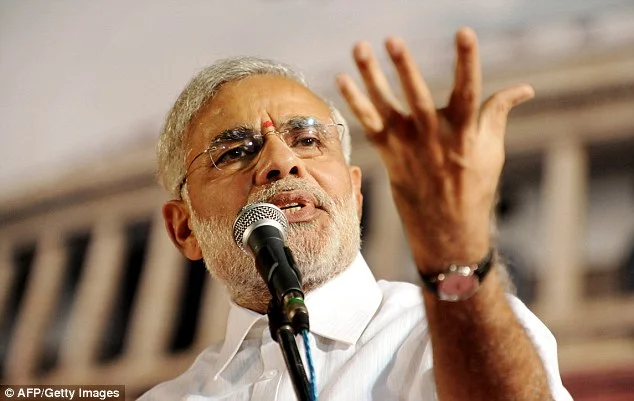
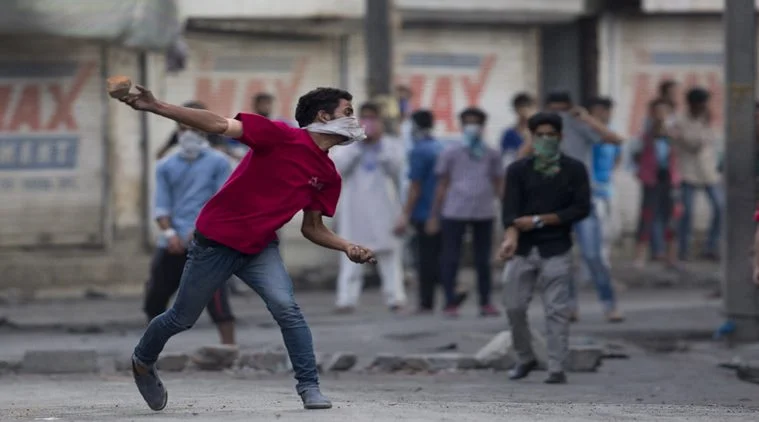

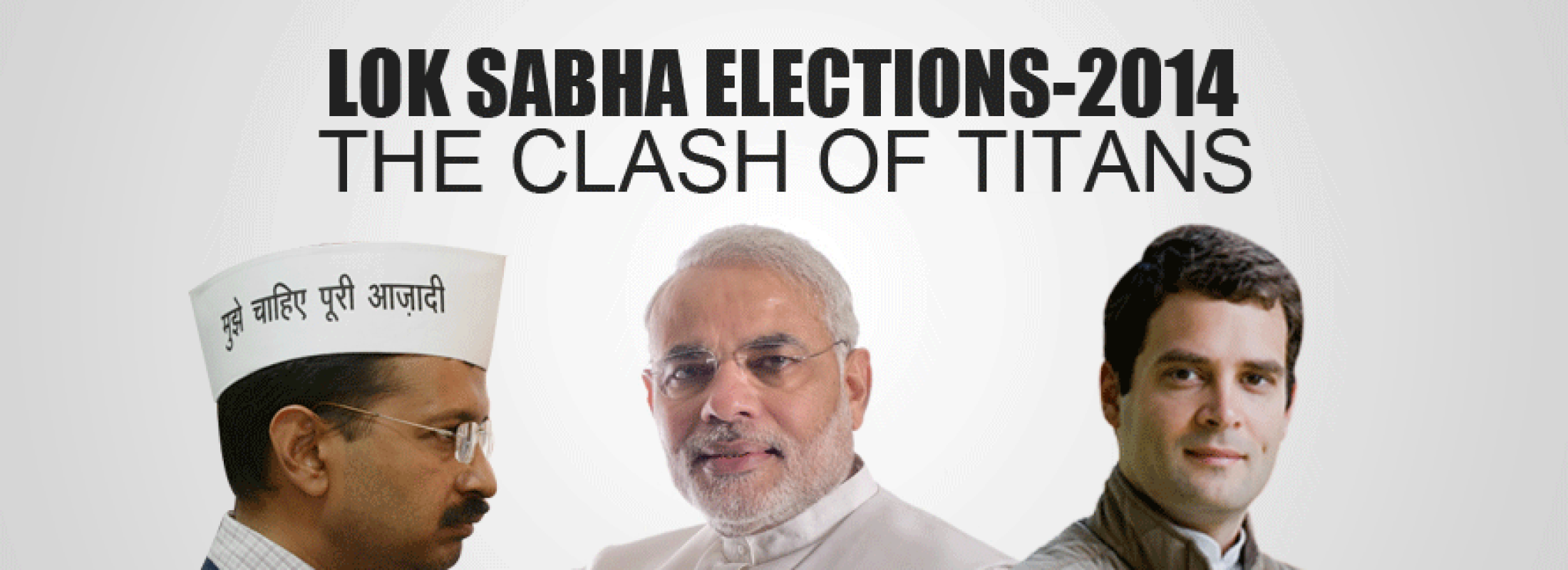
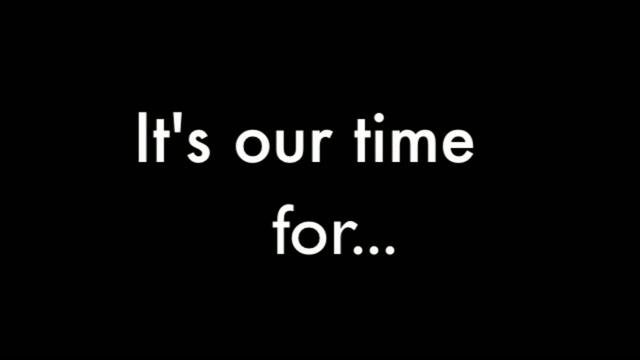

Leave A Comment